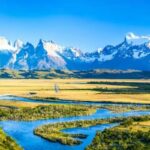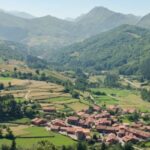We explain what water erosion is, what causes it and what factors accelerate it. Also, what is pluvial and fluvial erosion.
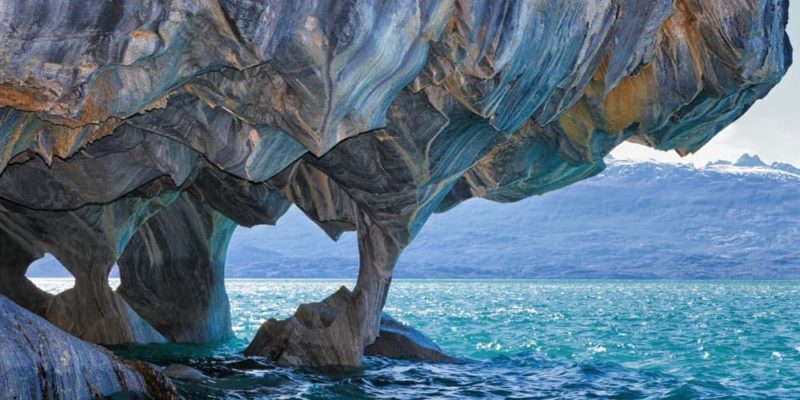
What is water erosion?
Water erosion is the type of wear that water exerts on the hard materials of the Earth's surface in its various forms of displacement, movement or flow. It is a process of wear, transport and deposition of the particles that make up the rock, minerals and the various physical structures that make up the surface layer of the lithosphere.
Throughout its hydrological cycle, the water that makes up two-thirds of our planet changes shape numerous times, going from its liquid to gaseous and solid states, and then recovering its liquidity in the seas, oceans, rivers and lakes.
In these changes and movements, it generates a certain amount of wear in the materials it finds in its path, whether in the rocks that the rain impacts, those that stop the onslaught of the wave, those that the river crosses in its continuous flow, etc. .
This water erosion results in the slow decomposition of the rock surface the transport of said sediments to other regions, the destruction of soils, and the subsequent deposition or accumulation of sediments in new regions of the planet's surface.
See also: Erosion
Causes of water erosion
Water erosion is a natural phenomenon that occurs on our planet. Its causes are as simple as the rain, the flow of rivers, the rise and fall of the tides the constant impact of waves, or even the occasional drip on a hard surface.
Any movement of water or even their successive hardening and melting into ice bodies high in the mountains, cause a slow but constant change in the planet's surface.
Types of water erosion
Water erosion can occur according to the following types:
- Lamellar erosion The least noticeable of the forms of water erosion, despite being the most widespread, consists of the filtering of water and the lightest particles of the soil, leaving behind the thickest ones, devoid of essential nutrients such as silt and organic matter. .
- Stream erosion It occurs when water forms erosive channels that furrow the soil, and which can be:
- Regueros. Smaller in size.
- Gullies. They flow according to the slope of the land and come from the accumulation of water at the same point.
- Grooves. Small traces of water that remove the soil or stones in their path.
- Mud flows Forms of landslide or soil displacement in the form of a viscous fluid, given that the earth has exceeded its water absorption capacity and is removed as if it were fresh clay.
River erosion
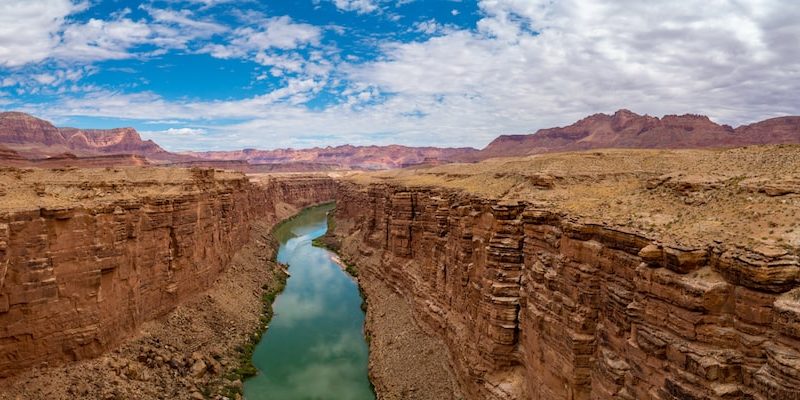
Fluvial erosion is understood as a form of water erosion, which is due to the exclusive action of rivers. These are born at the top of the mountains and flow towards the sea, dragging all types of hard materials in their wake.
When flowing, not only minerals, stones, logs are carried away, but also the surface layer of the earth, or even that of the most resistant rocks. That is why, when they dry out, rivers leave the groove that reveals their path, called the channel.
Pluvial erosion

Similarly, a form of water erosion caused by rain. The water droplets on their downward trajectory impact the soil and tear off particles, generating a tiny form of sheet erosion.
This phenomenon usually occurs in thin soils, and also in regions of high and continuous precipitation, on rocks or solid materials most exposed to falling water and especially its runoff.
Factors that accelerate water erosion
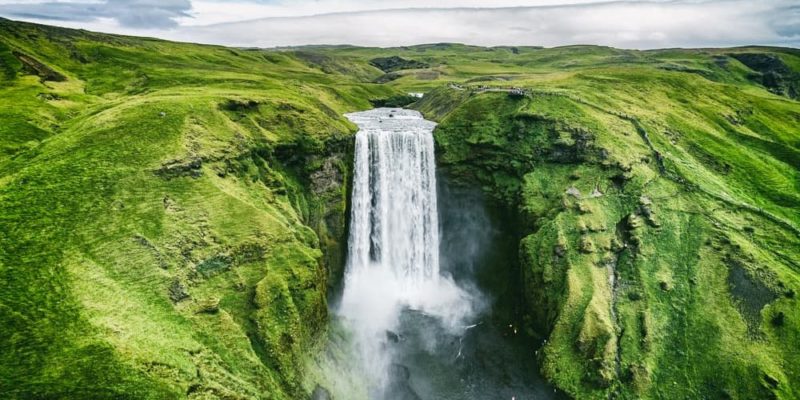
Erosion caused by water can be increased by the following factors:
- Deforestation. Since the layer of plant life present in many regions of the planet protects the soil and helps absorb water, preventing it from flooding the soil.
- Agricultural overexploitation Since the mistreatment and impoverishment of the upper layer of soil makes it more vulnerable to the action of water.
- Relief accidents In regions where there are greater falls of water, accumulations of water or runoff, greater erosion occurs than in others.
Other types of erosion
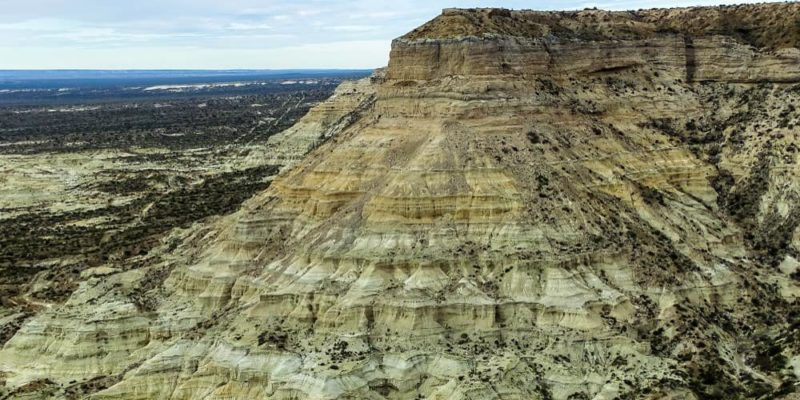
In addition to that caused by water, there are other forms of erosion:
- Wind erosion. Caused by the force of the wind and especially by the solid particles that it is capable of lifting and moving, crashing them against the Earth's surface.
- Gravitational erosion Caused by the fall of bodies and projections of the ground due to the force of gravity.
Continue with: Soil erosion
References
- “Water erosion” on Wikipedia.
- “Water erosion” at the National Institute of Agricultural Technology (Argentina).
- “What is water erosion and how do we study it at IHLLA?” at the National University of the Center of the Province of Buenos Aires (UNICEN).
- “Water erosion” (video) in INTA Informa.
- “Water Erosion” in ScienceDirect.
- “Erosion (geology)” in The Encyclopaedia Britannica.


